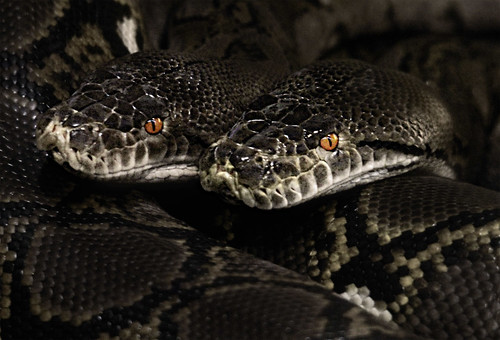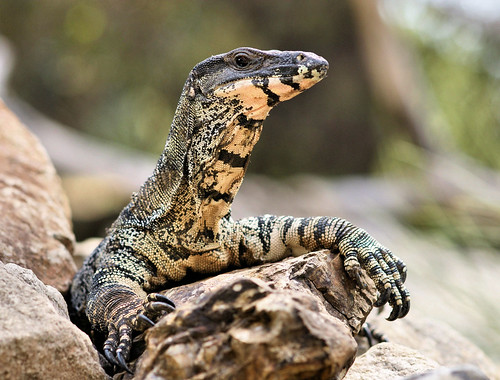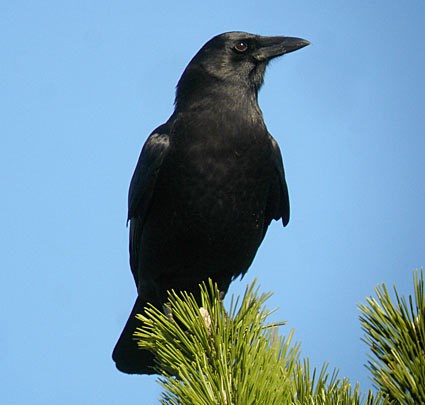Post by Reticulatus on Mar 1, 2012 1:23:48 GMT -5
Javelin Sand Boa-Eryx jaculus
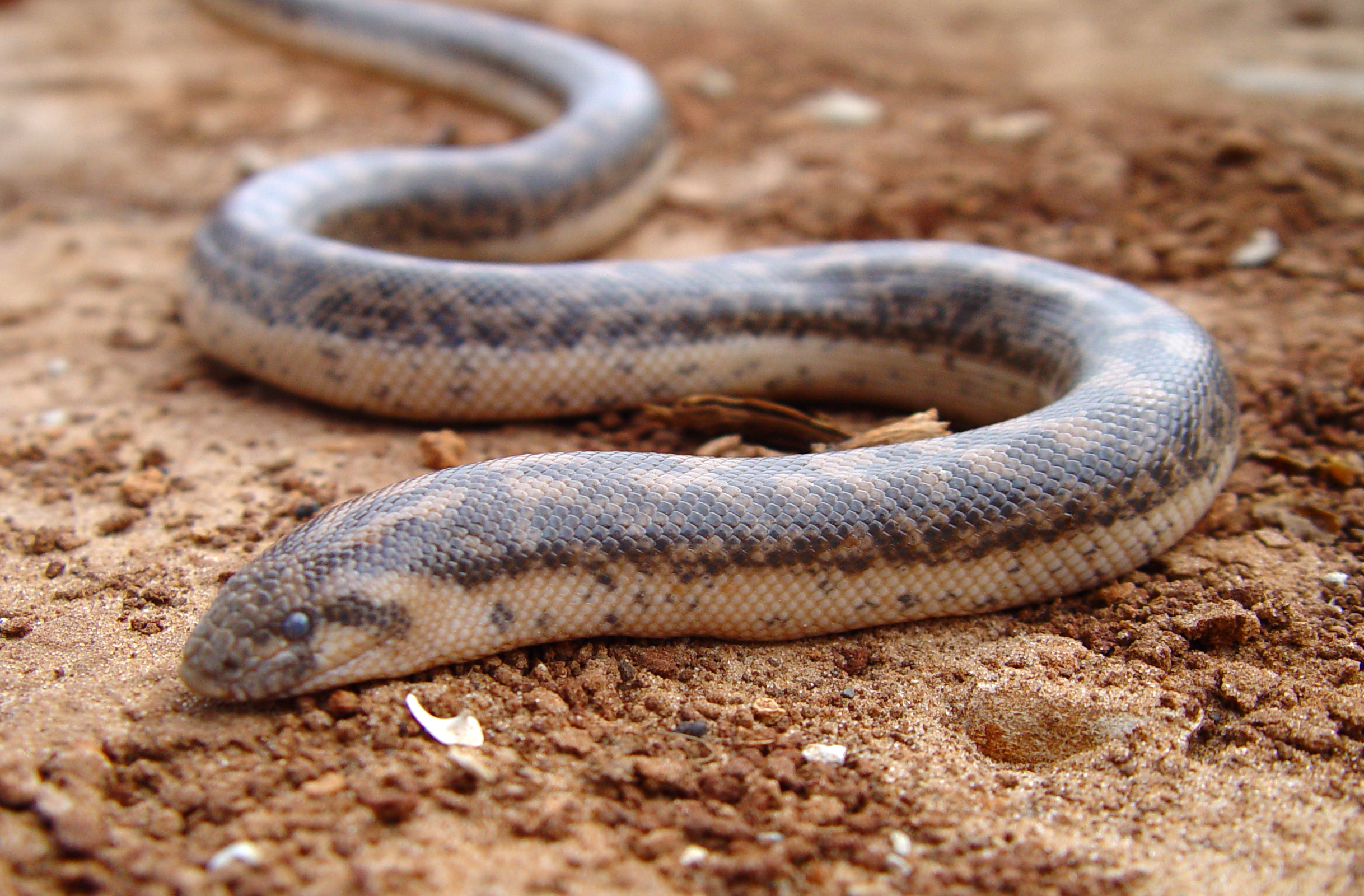
Eryx jaculus, known commonly as the Javelin sand boa, is a species of snake in the Boidae family.[1][2] It is the type species of the genus Eryx.

Geographic range
Continent: Africa Near-East Europe
Distribution: jaculus: Morocco, Algeria, Tunisia, Libya, Egypt, Israel, Syria, east to the Suez Canal. turcicus: SE Europe including Mediterranean islands (Corfu = Corfou etc., Asia Minor, Caucasus, east to Iran and Iraq; Jordan, N Saudi Arabia; Turkey, Bulgaria, Romania, Yugoslavia, Albania, Greece (incl. Limnos, Paros, Antiparos, Kalymnos, Corfu = Corfou, Lesbos, Chios, Samos), Soviet Union, Asia Minor, S Russia, S Armenia, E Georgia, Azerbaijan.
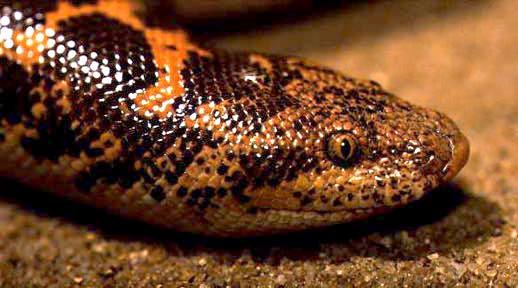
Description
The javelin sand boa may grow to 80 cm (31½ inches) in total length. Coloring varies greatly. Dorsally it may be grayish, tan, brownish, or reddish, with darker blotches or bars in an irregular network. It usually has a dark streak from the eye to the corner of the mouth. Ventrally it is whitish or yellowish. It is heavy-bodied and has a short blunt tail. The ventrals are very narrow, less than ⅓ of the width of the body.[3] The rostral is large and broad with an angular horizontal edge. The eye is separated from the labials by one or two rows of small scales. There are 10-14 upper labials. The dorsal scales are in 40-50 rows, smooth anteriorly, but weakly keeled posteriorly. There are 165-200 ventrals, and 15-34 subcaudals.[4]

Behaviour
A nocturnal or crepuscular snake; partly fossorial, capable of moving below soil surface and waits concealed for its prey. Moves in a distinct serpentine motion above the surface.
%20Sand%20Boa%20(Eryx%20jaculus).jpg)
Habitat
A species of loose sandy and alluvial soils, inhabiting semi-desert and marginal agricultural lands, under Mediterranean influence. In Egypt it is found in and adjacent to the Delta alluvial plain. Also in coastal scrubland on the Mediterranean coastal plain.
Lifespan, longevity, and ageing
Maximum longevity: 24.7 years (captivity)
References
•^ "Eryx". Integrated Taxonomic Information System. www.itis.gov/servlet/SingleRpt/SingleRpt?search_topic=TSN&search_value=634806. Retrieved August 16th, 2010.
•^ McDiarmid, Roy W., Jonathan A. Campbell, and T'Shaka A. Touré, 1999. Snake Species of the World: A Taxonomic and Geographic Reference, vol. 1
•^ Arnold, E.N. and J.A. Burton. 1978. A Field Guide to the Reptiles and Amphibians of Britain and Europe. Collins. London. ISBN 0-00-219318-3.
•^ Boulenger, G.A. 1893. Catalogue of the Snakes in the British Museum (Natural History), Volume I. London.
This Alethinophidia article is a stub. You can help Wikipedia by expanding it.
vte

Eryx jaculus, known commonly as the Javelin sand boa, is a species of snake in the Boidae family.[1][2] It is the type species of the genus Eryx.

Geographic range
Continent: Africa Near-East Europe
Distribution: jaculus: Morocco, Algeria, Tunisia, Libya, Egypt, Israel, Syria, east to the Suez Canal. turcicus: SE Europe including Mediterranean islands (Corfu = Corfou etc., Asia Minor, Caucasus, east to Iran and Iraq; Jordan, N Saudi Arabia; Turkey, Bulgaria, Romania, Yugoslavia, Albania, Greece (incl. Limnos, Paros, Antiparos, Kalymnos, Corfu = Corfou, Lesbos, Chios, Samos), Soviet Union, Asia Minor, S Russia, S Armenia, E Georgia, Azerbaijan.

Description
The javelin sand boa may grow to 80 cm (31½ inches) in total length. Coloring varies greatly. Dorsally it may be grayish, tan, brownish, or reddish, with darker blotches or bars in an irregular network. It usually has a dark streak from the eye to the corner of the mouth. Ventrally it is whitish or yellowish. It is heavy-bodied and has a short blunt tail. The ventrals are very narrow, less than ⅓ of the width of the body.[3] The rostral is large and broad with an angular horizontal edge. The eye is separated from the labials by one or two rows of small scales. There are 10-14 upper labials. The dorsal scales are in 40-50 rows, smooth anteriorly, but weakly keeled posteriorly. There are 165-200 ventrals, and 15-34 subcaudals.[4]

Behaviour
A nocturnal or crepuscular snake; partly fossorial, capable of moving below soil surface and waits concealed for its prey. Moves in a distinct serpentine motion above the surface.
%20Sand%20Boa%20(Eryx%20jaculus).jpg)
Habitat
A species of loose sandy and alluvial soils, inhabiting semi-desert and marginal agricultural lands, under Mediterranean influence. In Egypt it is found in and adjacent to the Delta alluvial plain. Also in coastal scrubland on the Mediterranean coastal plain.
Lifespan, longevity, and ageing
Maximum longevity: 24.7 years (captivity)
References
•^ "Eryx". Integrated Taxonomic Information System. www.itis.gov/servlet/SingleRpt/SingleRpt?search_topic=TSN&search_value=634806. Retrieved August 16th, 2010.
•^ McDiarmid, Roy W., Jonathan A. Campbell, and T'Shaka A. Touré, 1999. Snake Species of the World: A Taxonomic and Geographic Reference, vol. 1
•^ Arnold, E.N. and J.A. Burton. 1978. A Field Guide to the Reptiles and Amphibians of Britain and Europe. Collins. London. ISBN 0-00-219318-3.
•^ Boulenger, G.A. 1893. Catalogue of the Snakes in the British Museum (Natural History), Volume I. London.
This Alethinophidia article is a stub. You can help Wikipedia by expanding it.
vte

